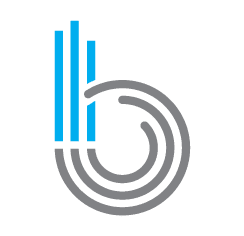When websites first became prevalent, they were often just a bit more than digital brochures. As the internet has changed over the years, with greater and greater functionality and capabilities, companies can no longer coast along with a static website. It’s not enough to just use your website to showcase some base-level information on your business. Web design requires a strategy and a thorough thought process.
Your web design must provide insightful and engaging content; you must tell a story and you must offer a pathway or journey to the transaction — be it literal (hello online checkout) or figurative (placing that call to demo a piece of software). This can be overwhelming, especially when it comes to strategizing your website, and more so, your first impression — the homepage. The homepage of your website can make or break your online presence, so it’s important that every homepage highlight certain things about your company.
1. Tell Your Story
No, you’re not writing a David Copperfield style bio here, but you should showcase some information on your company and background. This can include simple branding — logo and colors, imagery that reflects your area of business (e.g. if you’re a realtor, show a sample of some houses you’re currently representing). A little reflection of your company culture can be nice, but don’t go overboard. Most people who visit your site won’t see that as a priority, and those who do can easily navigate to your “About Us” page to see that type of information.
2. Pick A Focus
It can be tempting to cover all the information related to your business on the homepage — after all, it’s the page visitors will see most. However, this will more often than not be a detriment to the success of your web design. While you can talk about your business in broad terms, pick one thing to focus on — a consultation for home services, a demo for a piece of software, and strategize your information around that. Not only will the page be more clear for the user, but it allows you to prioritize a focus. Sure, you can still feature testimonials and other relevant information, but the key is to target this information back to your ultimate goal.
3. Keep It Simple
It can be tempting to get nuanced on your website. After all, you want to be seen as a leader in the industry. But the homepage is not the place to get super detailed with your knowledge. More often than not, the people coming to your homepage are just starting out, and may not need that complicated information. Instead, you can use your blogs, deeper interior pages, offers, and forms to send the “thought leadership” information to the people who want it. Otherwise, expect to keep things at the “high-level” awareness level on your homepage optimization).
4. Be Remarkable?
This falls in a couple of areas, but it’s so important it should be emphasized on its own. What makes you different? This is part of your story, yes. It should also be part of your focus. Your “remarkable” is the selling point of your business, and while it shouldn’t necessarily be the “sole” focus of your homepage, it should be heavily featured. Making your remarkable clear and easy to understand can make it easier to sell the thing you do want to focus on for your web design.
5. How?
This should seem simple, but shockingly enough, a lot of companies don’t do it well. How can a prospect get in touch? Don’t make people jump through hoops — instead, give a couple of ways in your web design for prospects to get in touch, be it a form, phone number, or email. Your prospects will be happy, and your business will see strong returns.

